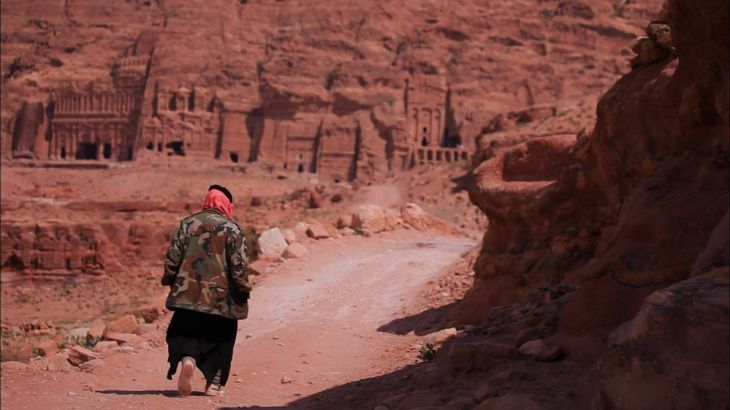
The Bedouin of Petra
We follow the B’doul tribe of the ancient Jordanian city of Petra as they eke out a living in a modern-day tourist site.
Filmmaker: Muhammed Salameh
Archaeologists say that the ancient city of Petra dates back to the third century BC. The famous site in the south of Jordan, which was once occupied by the Romans, is today one of the most visited tourist destinations in the world.
Keep reading
list of 4 itemsUK returns looted Ghana artefacts on loan after 150 years
Fire engulfs iconic stock exchange building in Denmark’s Copenhagen
Inside the pressures facing Quebec’s billion-dollar maple syrup industry
Al B’doul, a Bedouin tribe that used to live in Petra, claim to be descended from the Nabataeans who occupied this land at the end of the Roman Empire. They lived among the tombs and caves for over 170 years.
But after Petra became a UNESCO World Heritage Site in the mid-1980s, many B’doul were forced to abandon their semi-nomadic life for the nearby, purpose-built settlement of Umm Sayhoun, where they still live today.
The B’doul go to Petra every day to act as tour guides and provide local colour – from music and entertainment to camel and donkey rides. They feel a strong attachment to the site, and some still cling to Bedouin life in the ancient valley.
In this Al Jazeera Documentary film shot in Petra, we explore the history, traditions and daily lives of the B’doul, particularly the challenges they face as Bedouins in a tourism centre in present-day Jordan.